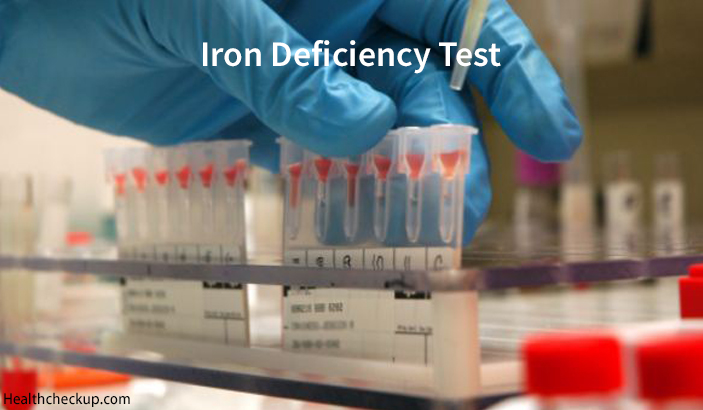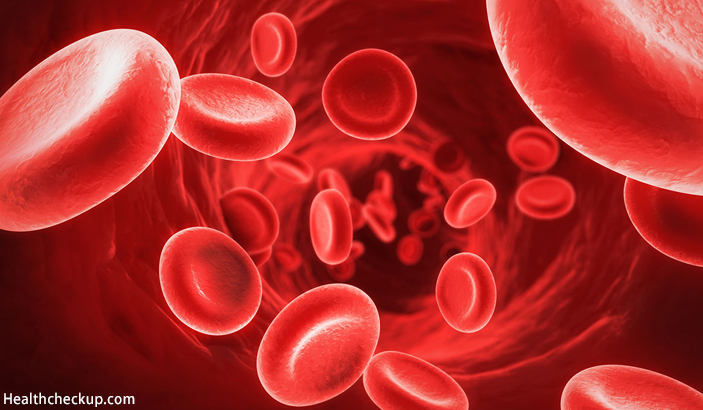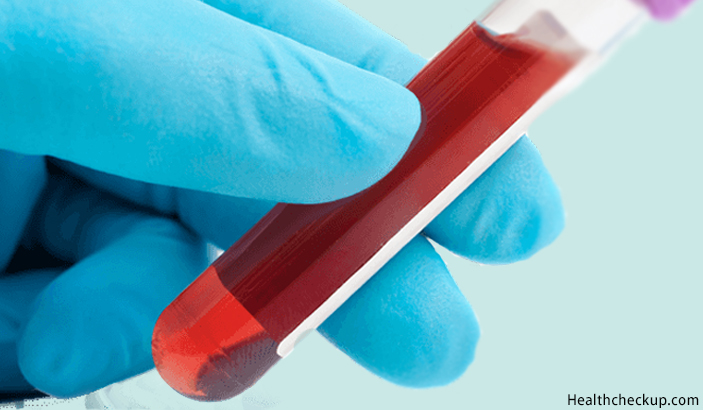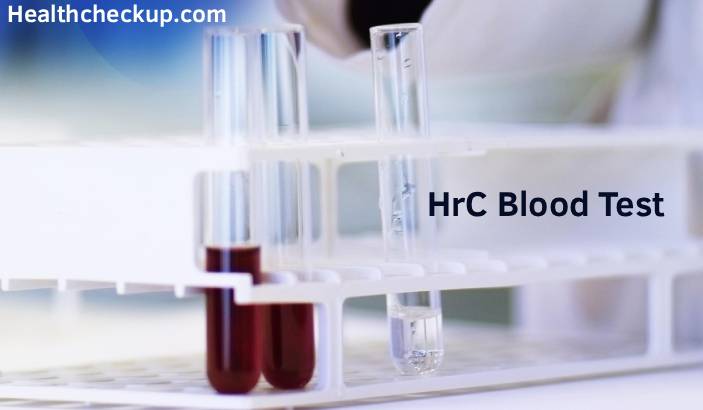Iron deficiency is one of the most common deficiencies that occur in the general population, and the iron deficiency test includes physical examination, medical history and more importantly, blood tests to establish the diagnosis of iron deficiency. Iron deficiency is known to be one of the leading causes of anemia. Iron deficiency mainly occurs due to two main reasons, either the increased need for iron by the body or the failure of the body to absorb enough iron from the food we eat.
What is Iron, and Why is it Essential for the Body?
Iron is an essential mineral required by our bodies to perform various functions. It is a part of each cell in the body. The most important function of iron in the body is to carry oxygen from the lungs to all the other parts of the body. Iron is used by the body to make hemoglobin. Hemoglobin forms a part of the red blood cells and carries oxygen to every tissue and organ in the body. If the body does not have enough iron, it makes fewer and smaller red blood cells, and there is inadequate hemoglobin leading to lesser oxygen supply to the body parts.
Iron forms an important component of many enzymes that are responsible for carrying out many cell functions. For example, enzymes help our bodies digest food and are responsible for many other reactions that occur in our bodies. The deficiency of iron affects many parts of the body and their functions.
What is Iron Deficiency, and Why Should You be Concerned?
As mentioned earlier iron deficiency results from having too little iron in the body, and iron deficiency anemia is the most common consequence of the condition. Iron deficiency and iron deficiency anemia are often used interchangeably and are synonymous.
Iron deficiency anemia is a condition which is characterized by the lack of adequate and healthy red blood cells in the body.
Iron Deficiency is a Cause of Great Concern Because:
- The deficiency of iron in the body can cause weakness and fatigue in adults, and disable them from carrying out their normal daily activities.
- Iron deficiency affects memory and other brain functions in teens, thus having a direct effect on their studies.
- Pregnant women with iron deficiency anemia are at the risk of delivering preterm and smaller than normal babies. These babies are usually weak and are likely to have many health problems that may cause them to die during the first year of life, if proper pediatric care is not given.
- Iron deficiency can delay the development of normal motor function in infants and also affect their normal thinking and processing skills.
Iron deficiency thus has a huge effect on health, and the condition should not be taken lightly by the patients or the family of the patients suffering from the condition.
Iron Deficiency Anemia Causes
Iron deficiency anemia is caused by low levels of iron in the body, and low iron levels can be due to :
- Heavy blood loss resulting from heavy menstrual bleeding
- Lesser intake of iron. Small children, teens, and pregnant women require a lot of iron for keeping in good health, and iron deficiency may occur in these persons if their diet is low in iron.
- Internal bleeding is another major cause of iron deficiency, especially in men and women after menopause. Health conditions such as ulcers, hemorrhoids, or cancer are some conditions that may cause internal bleeding. Sometimes, the patient may be unaware of the internal bleeding, and it is only through medical examination that the condition can be recognized.
- The inability of the body to absorb iron caused by conditions such as celiac disease which affects the ability of the intestines to absorb iron from digested food or if a part of the stomach or the small intestine has been removed surgically.
Iron Deficiency Anemia Symptoms
Mild iron deficiency anemia may usually not show any symptoms, and the patient may be unaware of it. But, as the body faces a greater scarcity of iron and the anemia worsens, the symptoms surface. Some of the common symptoms of iron deficiency anemia include:
- Extreme weakness and fatigue
- Paleness of skin
- Chest pain, increased heart rate or shortness of breath
- Headache and dizziness
- Brittle nails
- Inflammation of the tongue
- Cold hands and feet
- Trouble in concentration
- Poor appetite, especially in infants and children suffering from the condition
When is it Time to see a Doctor?
If you or your child has one or more of the symptoms mentioned above, it is best to see a doctor to check if you are suffering from iron deficiency or if some other condition is affecting your health. If you have time or schedule constraints and cannot visit a clinic for testing, you can get at-home blood work from a professional medical service. They can provide the same quality of care as a clinic without the need to spend time in traffic or wait in a waiting room.
Self-diagnosis of iron deficiency anemia is not recommended, and so is the intake of iron supplements without the doctor’s advice. This is because an increase in the iron levels can prove toxic to the body and cause liver damage and other serious consequences.
Visiting the Doctor
Usually, your regular family doctor will be able to diagnose iron deficiency anemia based on your medical history, a physical examination and a battery of tests and procedures. But if the tests reveal a serious underlying cause, he may refer you to a specialist.
Once the doctor has diagnosed the condition and its underlying causes, he or she will decide on a treatment plan for the condition.
Medical History
Your doctor will ask you about your signs and symptoms and any history of anemia or iron deficiency that you have had in the past. He or she will want to know about your diet and any medications you’re currently taking. You should give a clear explanation of your symptoms and any medication you’re regularly taking for another health condition.
The Physical Examination
The doctor will conduct a physical examination to look for any signs of iron-deficiency anemia. He or she will:
- Look at your skin, gums, and nail beds to identify any paleness
- Auscultate your chest to recognize rapid or irregular heart rate or rapid and uneven breathing
- Feel the abdomen to check for the size of your liver and spleen
- Do a rectal and pelvic examination to test for any internal bleeding
Diagnostic Tests and Procedures for Iron Deficiency Test for Anemia
Once the doctor has recorded your medical history and conducted a thorough physical examination, he or she might order a few tests to confirm their diagnosis of iron deficiency anemia. These tests will also help the doctor to determine the underlying cause for iron deficiency test and the severity of the condition.
The Doctor will Order Blood Tests to Check:
- The Red Blood cell Size and Color: In the case of iron deficiency anemia, the red blood cells will appear smaller and paler than normal. This is seen in the peripheral smear test.
- The Hematocrit Value: The hematocrit value shows the percentage of your blood volume that is made up of red blood cells. The normal hematocrit value for women ranges between 34.9% and 44.5%, and for men it ranges between 38.8% and 50%. A lower than normal hematocrit value suggests anemia.
- Hemoglobin Level: The normal range for hemoglobin for women is 12 to 15.5 grams per deciliter, and for men, the normal range is 13.5 to 17.5 grams per deciliter.
The normal ranges for hemoglobin in children vary depending on their age and sex. A lower hemoglobin level points to anemia.
Other Blood Tests Include:
- Serum Ferritin: Ferritin is a protein that helps store iron in your body, and a low level of serum ferritin is an indication of low levels of stored iron, again indicating iron deficiency.
- Serum Iron: This is a measure of iron in the blood. Lower serum iron levels indicate iron deficiency.
If all the blood tests reveal normal results, your doctor may order a test called a bone marrow aspiration. In this test, a small amount of bone marrow fluid is removed from a bone through a needle inserted into the bone. This test is not done very often, but it is a good test to find out how much iron is present in the body.
Additional Diagnostic Tests to Determine the Cause of Iron Deficiency
If your blood tests indicate iron deficiency anemia, the doctor may order additional diagnostic tests to determine the cause for the condition, and these include:
- Endoscopy: This test is done to identify any internal bleeding occurring in the digestive tract. This test is conducted by passing a thin, lighted tube fitted out with a camera, down your throat all the way to the stomach. This helps the doctor examine the esophagus and the stomach, and identify any bleeding sites.
- Colonoscopy: Colonoscopy is a test performed to rule out any sources of bleeding at the lower intestinal levels. In colonoscopy, a thin flexible tube equipped with a camera, is inserted into the rectum and guided up to the colon. This test is usually conducted under anesthesia as the procedure is quite painful. A colonoscopy allows your doctor to look inside your colon and rectum and recognize any bleeding sites.
- Ultrasound: Women suffering from heavy menstrual bleeding may be ordered a pelvic ultrasound test to look for the cause of the heavy bleeding such as fibroids in the uterus.
- Fecal occult blood test: This test looks for blood in stool samples.
So, these blood tests and diagnostic procedures form an important part of the iron deficiency test, and each test is as important as the other in diagnosing and treating iron deficiency anemia.
Medically Reviewed By

I am an experienced Medical/Scientific writer with a passion for helping people live a happy healthy life. My thirst for writing has followed me throughout the years – it is there when I wake up, lingering at the edges of my consciousness during the day, and teases me at night as I go to sleep.











